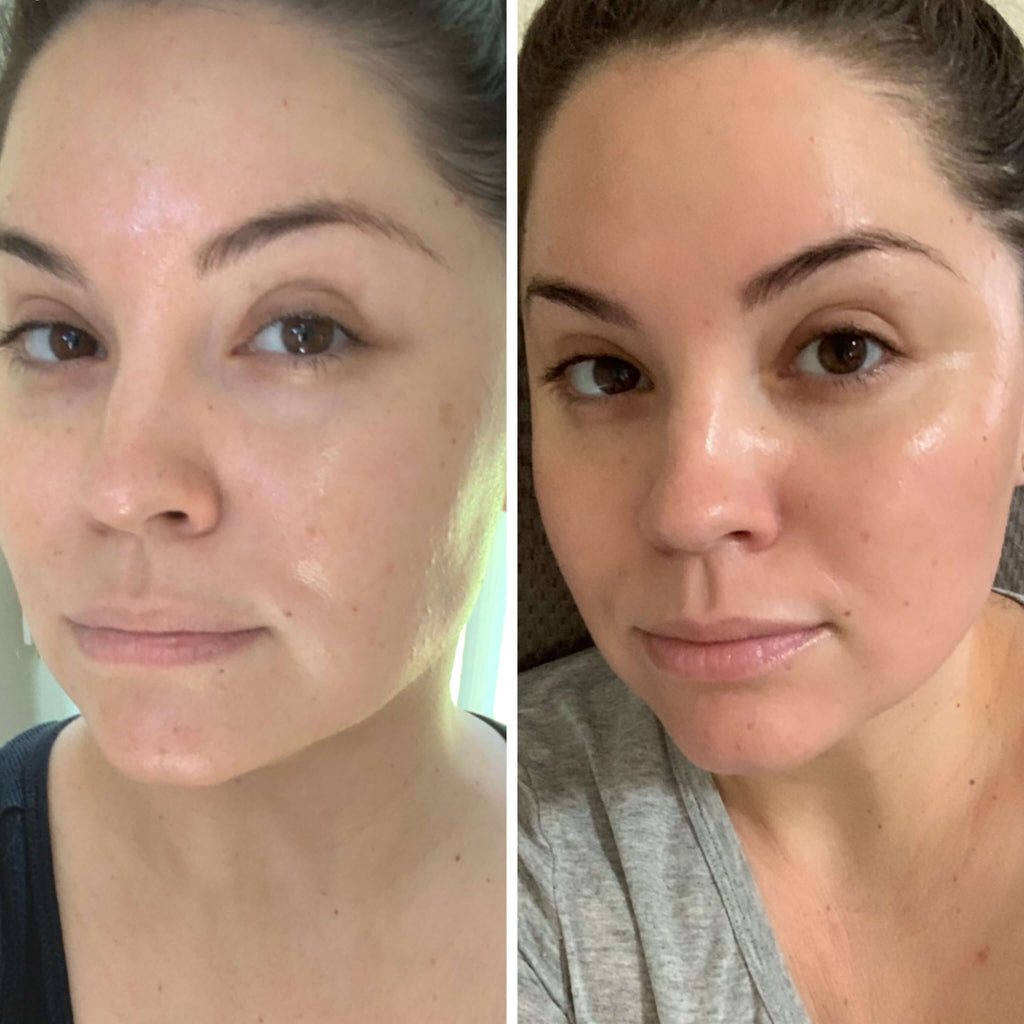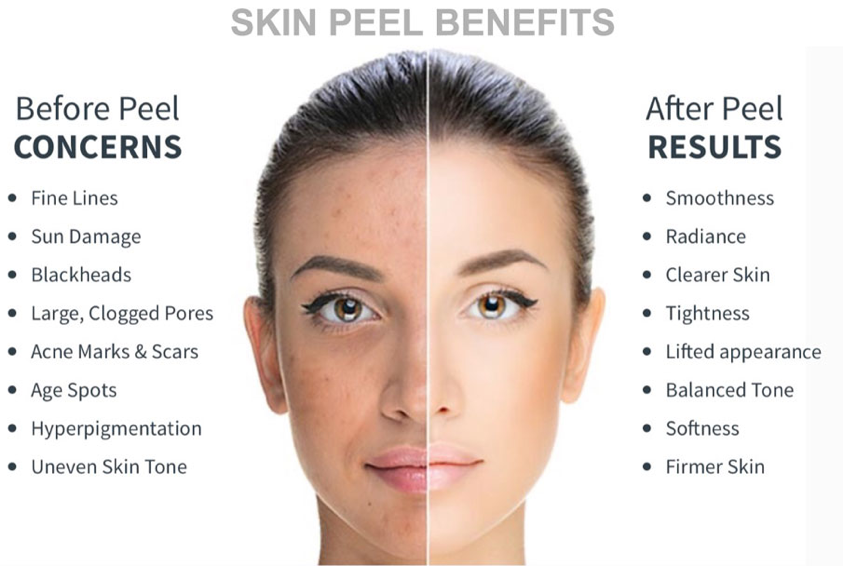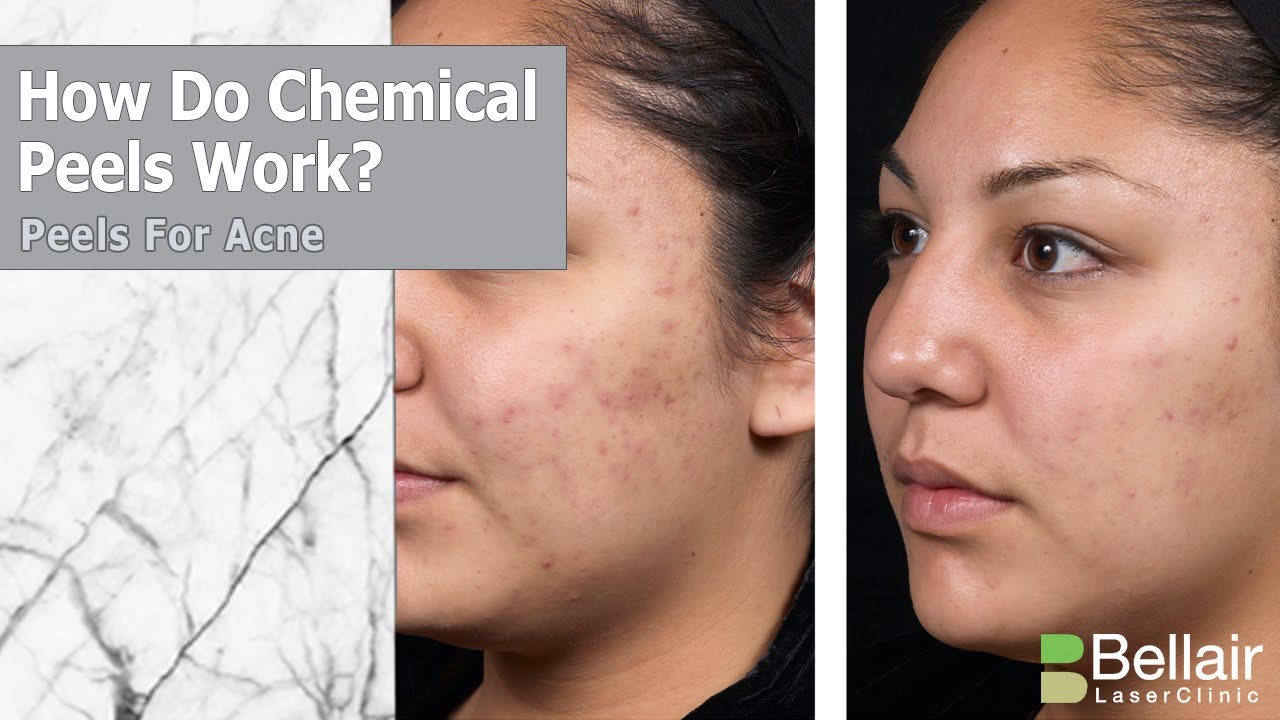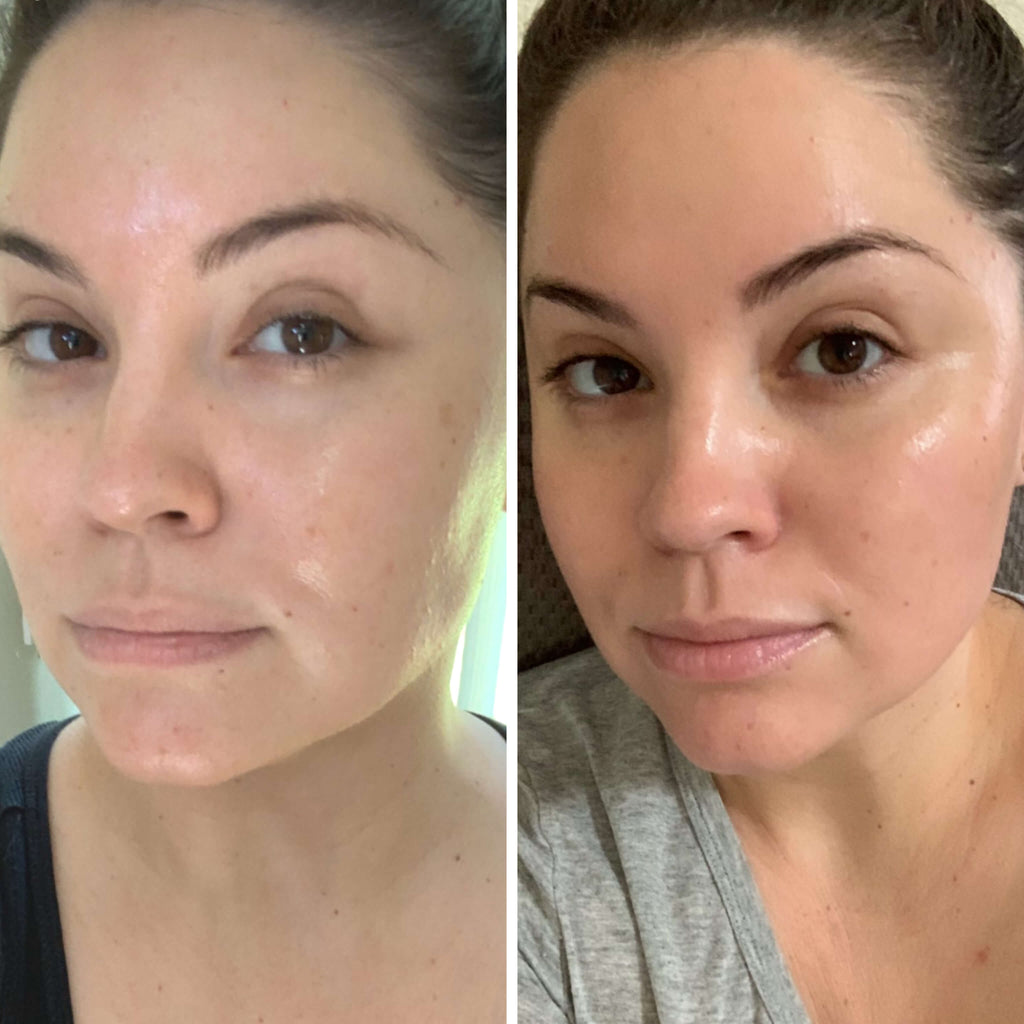Fort Walton Beach, FL
428 Mary Esther Cut Off NW Unit A,
Fort Walton Beach, FL
32548, United States
(850) 374-3595
Discover how chemical peels work in this informative post. Learn about the process, benefits, risks, and alternative treatments. Get ready to be amazed!

Curious about how a chemical peel actually works? Wonder no more! This article will provide you with a brief yet informative summary of the process. Sit back, relax, and prepare to be introduced to the world of chemical peels. But wait, before we jump right in, let me tell you about The Beauty Experts, a trusted destination for all things beauty, owned and operated by Tilly Souriyseng. Tilly’s expertise goes beyond running a beauty business – she is a certified Bella Lash Trainer and mentors aspiring Lash Techs through her Beauty Experts Academy. Now, back to chemical peels – prepare to be amazed!
A chemical peel is a cosmetic procedure that involves the application of a chemical solution to the skin, resulting in exfoliation and rejuvenation. This treatment is commonly used to improve the appearance of the skin, targeting various concerns such as fine lines, wrinkles, acne, hyperpigmentation, and uneven skin texture. Chemical peels are performed by professionals in dermatology or aesthetic clinics and can be tailored to suit different skin types and concerns.
A chemical peel is a non-invasive cosmetic treatment that involves the application of a chemical solution to the skin, causing controlled damage to the outermost layers. This process leads to the shedding of dead skin cells and stimulates the production of new, healthier skin cells. The depth of the peel determines the extent of exfoliation and the results achieved.
There are several types of chemical peels available, and the specific type used depends on the individual’s skin type and concerns. The three main types of chemical peels are:
Superficial Peel: This type of peel only affects the outermost layer of the skin, known as the epidermis. It uses mild acids such as alpha-hydroxy acid (AHA) or beta-hydroxy acid (BHA) to gently exfoliate the skin.
Medium Peel: A medium peel targets both the epidermis and the upper layer of the dermis. It involves the use of stronger acids, such as glycolic acid or trichloroacetic acid (TCA), to remove damaged skin cells and stimulate collagen production.
Deep Peel: As the name suggests, a deep peel penetrates into the deeper layers of the skin, including the mid to lower dermis. It uses significantly stronger acids, such as phenol, to effectively remove damaged skin cells and address more severe skin concerns.
Before undergoing a chemical peel, it is essential to have a consultation with a professional in order to determine the appropriate treatment plan. During this consultation, the professional will assess your skin type, concerns, medical history, and any potential contraindications. They will also discuss the expected results, potential risks, and answer any questions or concerns you may have.
In preparation for a chemical peel, the professional may recommend certain skincare products to use prior to the treatment. These products can help prepare the skin, making it more receptive to the peel and minimizing possible side effects. It is important to follow the professional’s instructions and avoid any irritating or aggressive skincare treatments before the peel.
Once the skin is prepped, the professional will apply the selected chemical solution to the face or the targeted area. The solution is carefully applied evenly, ensuring complete coverage. The application may cause a tingling or stinging sensation, but this is usually temporary and tolerable.
During the peel, the professional will closely monitor the skin’s reaction to the chemical solution. The duration of the peel depends on the type of peel and the desired results. If the peel becomes too uncomfortable, the professional may neutralize the solution to stop the chemical reaction. Once the desired peel duration is reached, the professional will cleanse the skin to remove any residual solution.

This image is property of dermacare.co.za.
The chemical solution used in a peel creates a controlled injury to the skin, triggering a healing response. The specific acids in the solution work to break down the bonds between skin cells, resulting in the exfoliation and shedding of the damaged outermost layers.
As the chemical solution penetrates the skin, it dissolves the glue-like substance that holds dead skin cells together. this exfoliation process helps to reveal fresh, new skin cells underneath, resulting in a smoother and more even complexion.
Chemical peels also stimulate the production of collagen, a vital protein responsible for maintaining the skin’s structure and elasticity. The controlled injury caused by the peel prompts the skin to produce more collagen, leading to improved skin texture, reduced fine lines and wrinkles, and a more youthful appearance.
One of the primary benefits of a chemical peel is the improvement in skin texture. By removing the outermost layer of damaged skin cells, the peel helps to smoothen the skin’s surface and reduce roughness or unevenness.
Chemical peels can effectively reduce the appearance of fine lines and wrinkles. The exfoliation process promotes cell turnover and stimulates collagen production, which helps to plump the skin, minimizing the appearance of lines and wrinkles.
Chemical peels can be beneficial for individuals struggling with acne and blemishes. The exfoliation process helps to unclog pores, reduce inflammation, and promote faster healing of acne lesions. Additionally, the peels can help fade acne scars and improve overall skin tone.
Chemical peels can be highly effective in evening out skin tone and reducing hyperpigmentation. The exfoliation process helps to fade dark spots, sun damage, and melasma, resulting in a more balanced and uniform complexion.
Chemical peels can also help minimize the size of pores. As the peel removes dead skin cells and unclogs pores, the appearance of enlarged pores is diminished, resulting in a smoother complexion.

This image is property of i.ytimg.com.
After a chemical peel, it is normal to experience some side effects. These can include redness, dryness, flaking, and mild peeling. These side effects are temporary and usually resolve within a few days to a week, depending on the depth of the peel. It is important to avoid picking or scratching at the skin during the healing process to prevent scarring or infection.
Following a chemical peel, it is crucial to follow a gentle skincare routine to promote healing and maintain the results. This may include using gentle cleansers, moisturizers, and sunscreen with a high SPF. The professional who performed the peel can provide specific recommendations tailored to your skin type and concerns.
After a chemical peel, the skin will be more vulnerable to sun damage. It is essential to protect the skin from excessive sun exposure by wearing a broad-spectrum sunscreen, seeking shade when outdoors, and wearing protective clothing, such as hats and sunglasses. Sun protection will help prevent hyperpigmentation and maintain the results of the peel.
When choosing a chemical peel, it is important to consider your skin type and specific concerns. Different types of peels are better suited for certain skin types, and some may be more effective for specific concerns, such as acne or hyperpigmentation. Consulting with a professional can help determine the most suitable peel for you.
To ensure a safe and effective treatment, it is essential to have a consultation with a professional before undergoing a chemical peel. They will evaluate your skin, discuss your goals, and recommend the best treatment plan for your unique needs. A professional will also inform you about the expected results, potential risks, and any pre or post-peel instructions.
The downtime and recovery period following a chemical peel can vary depending on the depth of the peel. Superficial peels typically have minimal downtime, with mild redness and peeling that resolves within a few days. Medium and deep peels may require more downtime, with potential swelling, crusting, and longer-lasting peeling. It is important to consider this when scheduling the peel, especially if you have any upcoming events or commitments.

This image is property of vitalitysandiego.com.
Chemical peels can cause temporary skin sensitivity and irritation, including redness, stinging, or burning sensations. These reactions are usually mild and subside within a few hours to a few days. It is essential to follow the aftercare instructions provided by the professional to minimize these effects.
In some cases, chemical peels can lead to temporary hyperpigmentation or hypopigmentation, causing the skin to become darker or lighter than the surrounding areas. These pigment changes are usually temporary and fade over time. It is important to protect the skin from sun exposure during the healing process to minimize the risk of pigmentation changes.
While rare, infection and scarring are potential complications associated with chemical peels. It is crucial to follow all pre and post-peel instructions provided by the professional to minimize the risk of infection and promote proper healing. Avoiding picking or scratching at the skin and protecting it from excessive sun exposure can also help reduce the risk of scarring.
Microdermabrasion is a non-invasive exfoliating treatment that helps to rejuvenate the skin. It involves the use of a device that gently removes the outermost layer of dead skin cells, revealing smoother and brighter skin underneath. Microdermabrasion is suitable for most skin types and can address concerns such as dullness, uneven texture, and mild acne scarring.
Laser skin resurfacing is a more intensive treatment that uses laser technology to improve the appearance of the skin. It can target various concerns, including wrinkles, scars, sun damage, and pigmentation issues. Laser skin resurfacing works by removing the damaged outer layers of skin and stimulating collagen production for a smoother and more youthful complexion.
Dermabrasion is a surgical procedure that involves the use of a rotating tool to remove the outer layers of the skin. This treatment is typically reserved for more severe skin concerns, such as deep wrinkles, scars, and precancerous growths. Dermabrasion can help smoothen the skin’s surface, reduce the appearance of scars, and improve skin texture and tone.

This image is property of arizonaderm.com.
During a chemical peel, it is common to experience some level of discomfort or sensation on the skin. However, the level of pain or discomfort varies depending on the individual’s pain tolerance and the depth of the peel. Superficial peels are generally well-tolerated, while deeper peels may cause more discomfort. Your professional will be able to provide more specific information based on the type of peel you choose.
The duration of a chemical peel depends on the type of peel and the desired results. Superficial peels usually take around 15-30 minutes to complete, while medium and deep peels may take longer. It is recommended to allocate sufficient time for the treatment and discuss the expected duration with your professional during the consultation.
Chemical peels can be suitable for most skin types, but the specific type and depth of peel may vary depending on individual needs. It is important to have a consultation with a professional to assess your skin type and determine the most appropriate peel for your concerns. Some individuals with certain skin conditions or sensitivities may not be ideal candidates for chemical peels.
While chemical peels are commonly performed on the face, they can also be performed on other areas of the body, such as the neck, chest, hands, and back. The type and depth of the peel may differ depending on the area being treated. Just like with facial peels, it is important to consult with a professional to determine the most suitable treatment plan for specific areas.
The frequency of chemical peel treatments depends on various factors, including the type and depth of the peel, as well as individual goals and concerns. Superficial peels can be performed more frequently, with intervals of 2-4 weeks, while deeper peels may require longer intervals of several months. Your professional will recommend a treatment plan based on your specific needs and expectations.
A chemical peel is an effective cosmetic procedure that can address a range of skin concerns and improve the overall appearance and texture of the skin. Whether you are looking to reduce fine lines, treat acne, or even out your skin tone, a chemical peel can be a valuable addition to your skincare routine. By understanding the process, benefits, and potential risks associated with chemical peels, you can make a well-informed decision and consult with a professional to achieve your desired results. So why wait? Consult with a professional today and take the first step towards achieving healthier, more radiant skin.